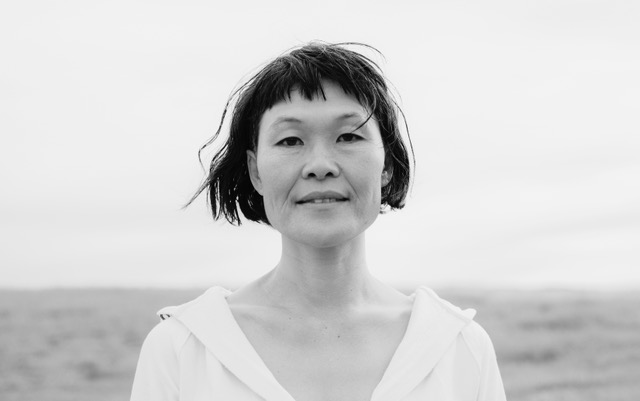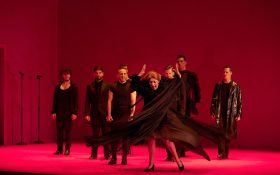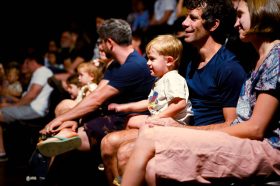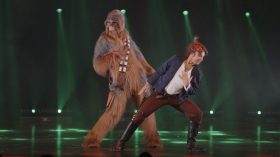Preparing to take our artist bio photo is the kind of thing most of us approach with the same kind of knot in our stomachs that we feel before job interviews.
Whether we create it ourselves or engage a professional, the portraits that grace our CVs and other promotional material, are inevitably an essential part of our professional profiles.
ArtsHub has therefore consulted some top arts sector photographers on taking artist bio pictures to help you capture your best angle.
Top tips for artist selfies
Let’s start with some simple pointers if you are planning on taking your own ‘selfie’ bio pictures.
Tip 1: Choose the right lighting
Ask any photographer about the key to their craft and they will inevitably answer with one word: light.
As Perth-based artist and photographer Christophe Canato explains, your lighting conditions play a pivotal role in your final results.
‘Lighting is always my number one consideration,’ he tells ArtsHub. ‘Using natural light can actually be very good for your artist bio picture.’
Canato says that while using natural light may sound simple, there are in fact a number of key choices to plan for when setting up in these conditions. Elements such as time of day, position of the sun and shadow effects created by the sun, are crucial to your planning process.
‘If you choose to shoot outside, I would say, don’t choose full sun,’ Canato says.
‘It would be much better to find a partially shaded spot, but somewhere where the sun and the light are still front-on to your face.’
The artist also says that front-on lighting (regardless of whether it’s natural or artificial light) is the best way to get a flawless, fresh-looking shot of your face.
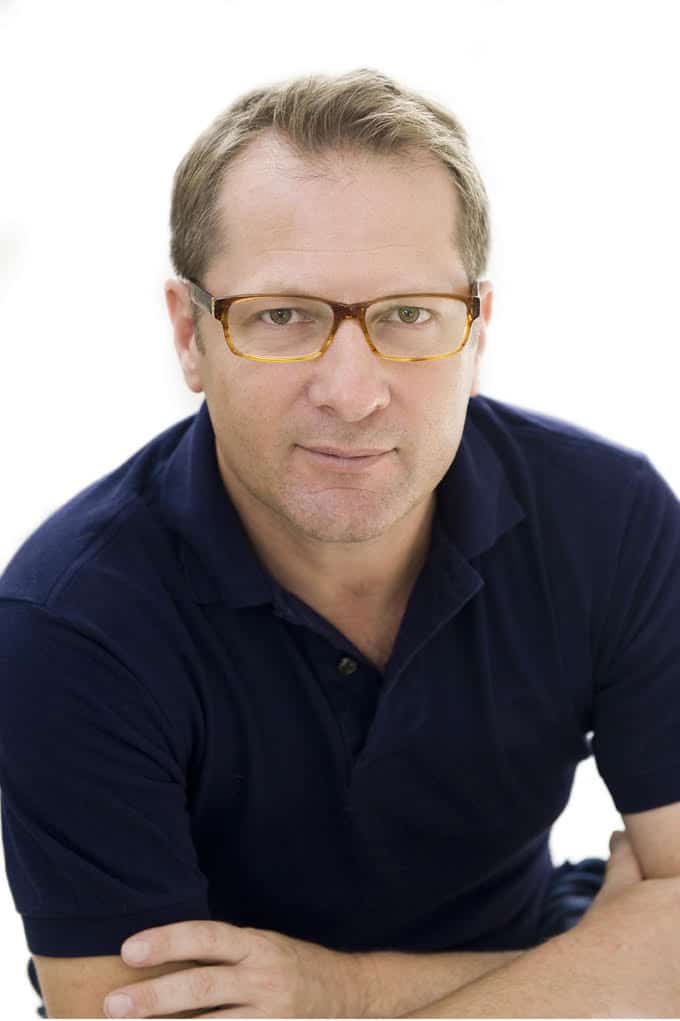
‘Back lighting may work if you want to create some kinds of special effects, and side lighting is risky because it can create shadows that could show up wrinkles and things that you may not want highlighted,’ he says.
‘But with front-on lighting, you are much more likely to get a fresh, attractive image of your face.’
Tip 2: Take a lot of photos at once
Canato also advises selfie-artist bio photographers to take a large number of shots (far more than you will use), to maximise the potential of your final cut.
‘It sounds narcissistic,’ he says. ‘But it’s actually important to take a lot of photos at once, so you have a collection of images to compare and consider.
‘After the shoot, you must also invest proper time in looking back over your shots to really study them, and then help you choose the shots you feel best reflect the image you want to share with your audience.
‘Like I said, that may feel narcissistic,’ Canato continues, ‘but you need to enter that game, just for a short time, because the more you get used to taking pictures of yourself and looking at them critically – in terms of capturing the image you want to portray – the better your results will be.’
Tip 3: Build an image bank over time
For Melbourne-based photographer, choreographer and organic farmer Gregory Lorenzutti, having a selection of portraits on file makes perfect sense for people in creative roles who are likely to be working in dynamic, cross-disciplinary ways.
‘The artist we are today may be completely different to the artist we were yesterday and the artist we will be tomorrow,’ Lorenzutti says.
‘I think as people working in creative fields we have a certain amount of freedom to express these different moments in our practice, and what our work is about at particular moments in time.’
As an interdisciplinary practitioner himself, Lorenzutti routinely applies these ideas to his diverse practice to ensure each facet of his career is suitably represented.
‘Because I work across photography, movement and landscape and ecological gardening, if I’m working as a speaker at an organic farming event, for example, my headshot as a photographer feels strange in that context. So, I have a different image that I use for that [gardening] work.’
Read: 8 steps to rewrite your bio
Lorenzutti therefore suggests creating an image bank of portraits to relieve any pressure you may feel when it comes to representing the breadth of your professional interests and experience.
‘One single image is never going to communicate everything about what you do,’ he tells ArtsHub.
‘It’s important to think carefully about the context of your images before you start the process.’
How to work with professionals
It’s no surprise that as professional photographers both Canato and Lorenzutti favour professionally taken bio pictures over DIY selfies.
‘Yes, of course, as a photographer I would say the results are going to be better when you work with a professional,’ Canato laughs.
‘But I would also say to people who are working with a professional, while you should prepare some specific ideas for the photographer, and have a conversation with them beforehand about what you want, don’t expect the final result to 100% match that image you went in to the shoot with.
‘You absolutely must enter that process with a flexible attitude and be open-minded to the result,’ he says.
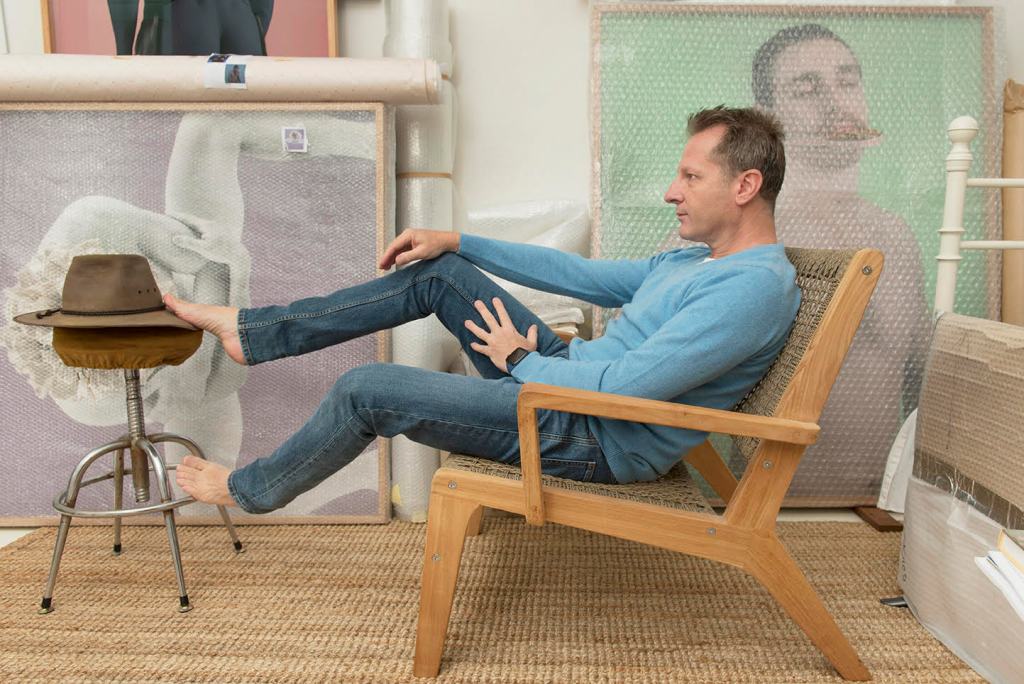
Lorenzutti expresses similar feelings about artists’ expectations for professional shoots, emphasising that trust is at the heart of the process.
‘It’s never about point and shoot,’ he explains. ‘It’s an artistic experience that may start with several conversations between me and the client, and in those conversations I may never even pull out the camera,’ he says.
The artist describes how he sometimes invites clients to dance around with him or be in pitch black darkness before the lights come on, to assist the creative exchange that is important to his approach.
Read: 50 ways to conquer self-doubt
‘Sometimes clients feel nervous and awkward at first, but we need to break that threshold,’ he says.
‘Building the trust between us is essential,’ he adds, recalling a particularly memorable shoot where a magical balance was struck between sitter and photographer resulting in a standout final image.
‘I was photographing [visual artist] Sally Smart. We spent a lot of time looking and talking about one of her installation works in the background. It was important for her to be photographed in front of her artwork that she was working on at the time.
‘And when we were finished, we were looking back over the photos together and the one photo that Sally picked out herself [pictured below] is a landscape orientation photograph – which is in itself a rare choice – and she also has her eyes closed.’
‘It’s obviously quite outside the box, but she used that image as her bio shot for a long time,’ the photographer says.
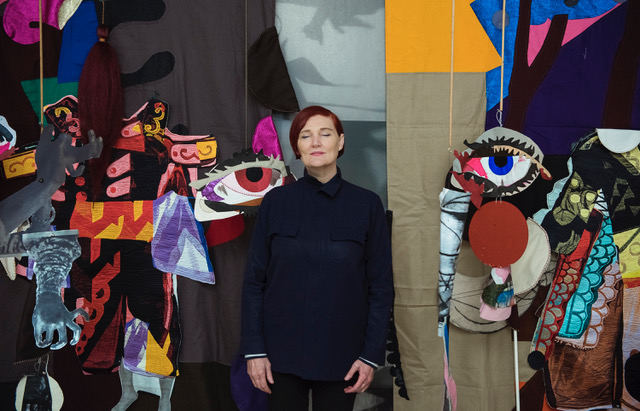
Lorenzutti reflects on the experience of working with Smart as reinforcing the level of freedom creatives have when it comes to their professional portraits.
‘I think it’s exciting that we can possibly go there with our portraits, and we can express something a bit more than professionals in other industries can,’ he says.
That said, Lorenzutti suggests a more conventional style may be the preferred choice for some in the arts.
‘As I’ve mentioned, the context for your image is so important,’ he says. ‘Yes, you want to put thought into things like, “I want to look like this or like that”, but you also need to be very thoughtful about the purpose for your image.’
The artist therefore suggests thinking carefully about your shoot location and what your chosen backdrop may communicate about what you do.
‘It’s about considering what your work is about at that moment in time,’ Lorenzutti says.
‘This approach will allow you to have a deeper relationship with the image, and will allow it to express the qualities you are aiming for in the end,’ he concludes.
